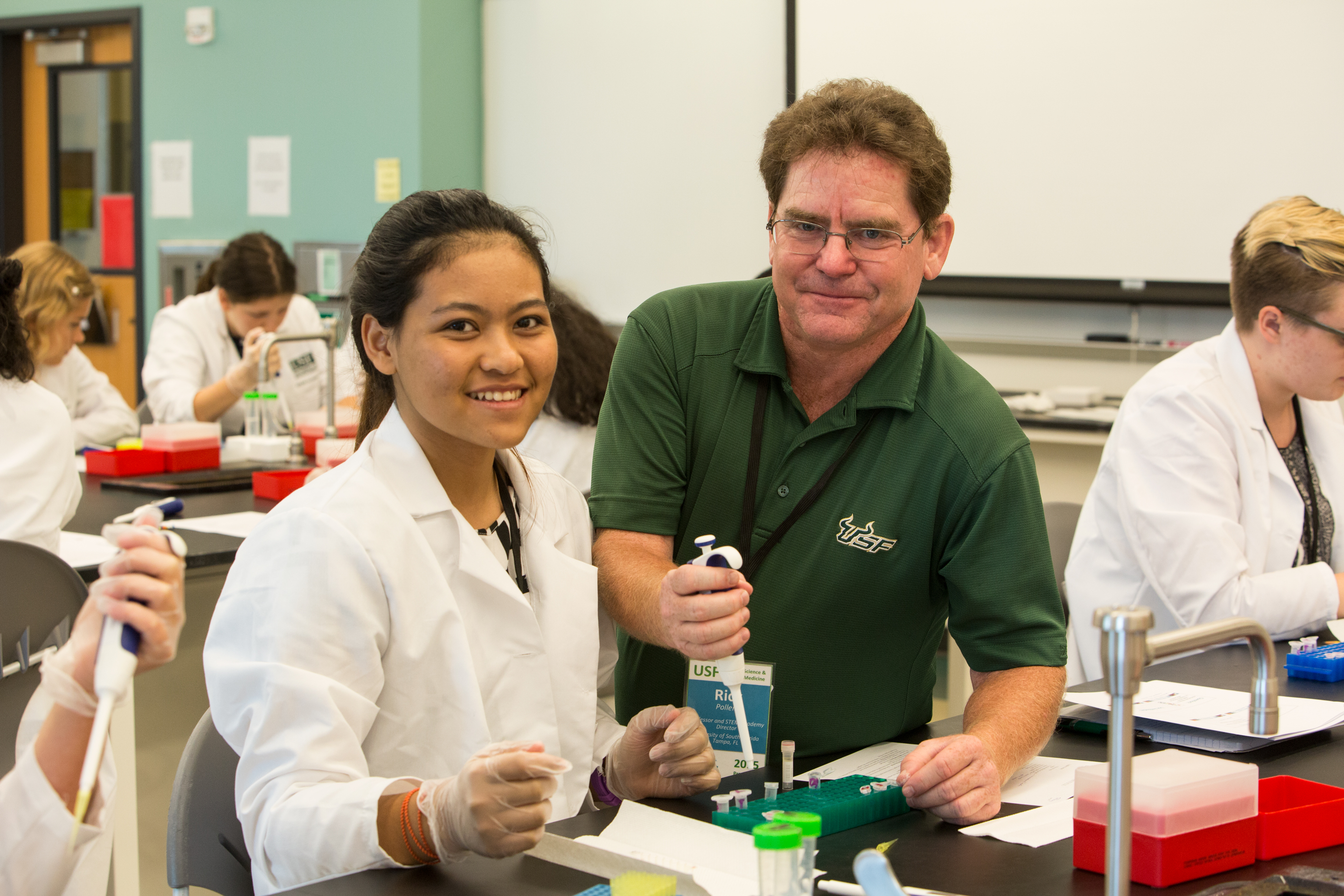Below is a summary of the abstract you submitted. Presenting author(s) is shown in bold.
If any changes need to be made, you can modify the abstract or change the authors.
You can also download a .docx version of this abstract.
If there are any problems, please email Dan at dar78@pitt.edu and he'll take care of them!
This abstract was last modified on March 20, 2023 at 2:34 p.m..

The mechanism whereby phages lyse the bacterial host involve transmembrane (TM) proteins or holins, that function to control the timing of the bacterial lysis event, assist in destabilizing the membrane proton motive force and may also create large “pores” in the cell membrane to allow the exit of endolysins for degradation of the cell wall. In Gram-negative bacteria, there are typically only one holin gene that is found downstream of the endolysin gene in a defined “lysis cassette”. In phages that infect Gram-positive bacteria, there is very little wet lab data regarding the lysis mechanism that is hypothesized to also involve holins and endolysins. A previous bioinformatic analysis of >80 phages that infect G. rubripertincta has revealed a sticking diversity in the genes within the lysis cassettes with at least 16 different genome organizations of the endolysins and holins. This includes the identification of thirty-four different genes encoding holin-like proteins. The holin-like proteins contained between 1-4 transmembrane helices, were not shared to a high degree amongst the different phages and were present in the lysis cassette in a wide range of combinations of up to 4 genes in which none are duplicated. CaiB is a DR cluster phage that infects G. rubripertincta and unlike most phages does not have any genes encoding TM proteins that are downstream of the putative endolysins (gp43-45). However, there is a region of 4 genes 20,000bp upstream of the endolysins in an operon-like organization that express proteins with four, four, four and one TM domain (gp16-19). The four TM proteins can be identified in 19 different combinations in 100s of phages that infect M. smegmatis, G. terrea, G. rubripertincta and Corynebacterium. Several are found directly downstream of lysin A genes in a defined lysis cassette, unlike the distal location in CaiB. Initial wet lab studies were completed to assess the cytotoxicity of the four TM proteins when expressed in G. rubripertincta. Data show that none of the proteins result in a toxic phenotype when expressed individually. When all four are expressed together the cells die. Truncation of the C-terminal 18 amino acids of the distal 1TM protein (gp19) resulted in loss of the toxic phenotype. This finding suggests that the distal 1TM protein may regulate the interaction of the other TM proteins. Detailed bioinformatic analysis of the lysis cassettes in phages that contain 3-4 TM genes show that the majority also have a distal gene that encodes a protein with only a single TM domain. Importantly, the 1TM proteins in these different cassettes are not in the same PHAM although they all have a similar N-out, C-in topology with and extensive, charged C-terminal cytoplasmic domain. Collectively, these results support the hypothesis that phages are evolving novel variations of how the lysis proteins functionally interact, possibly in an effort to improve fitness or evade host defenses.

